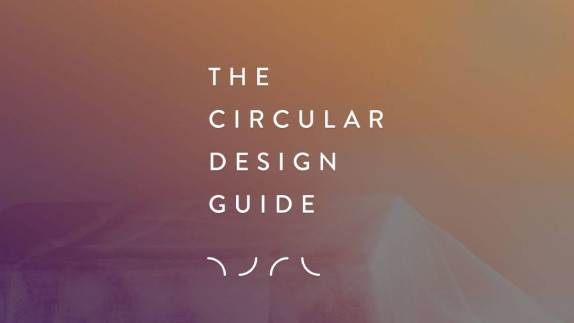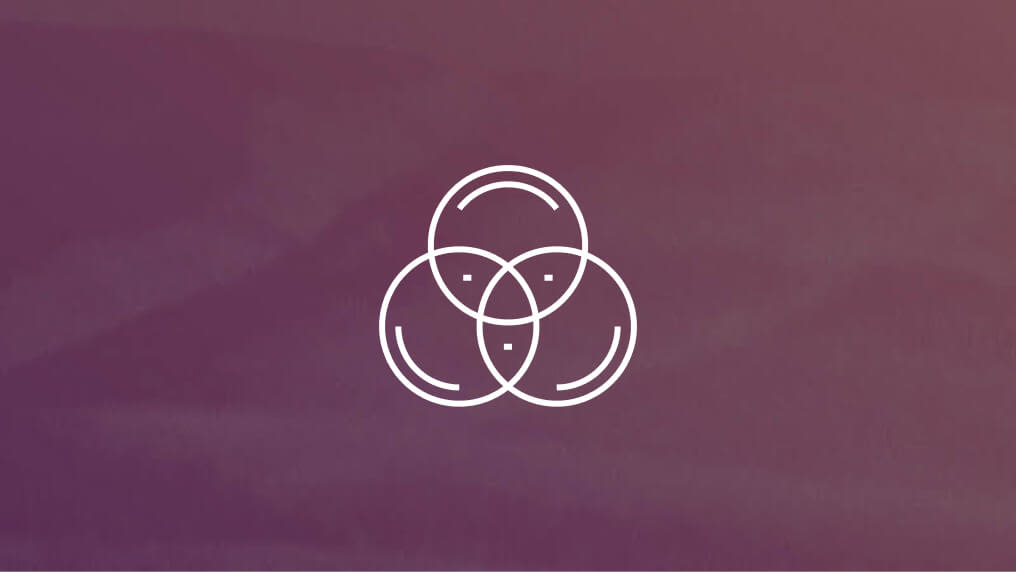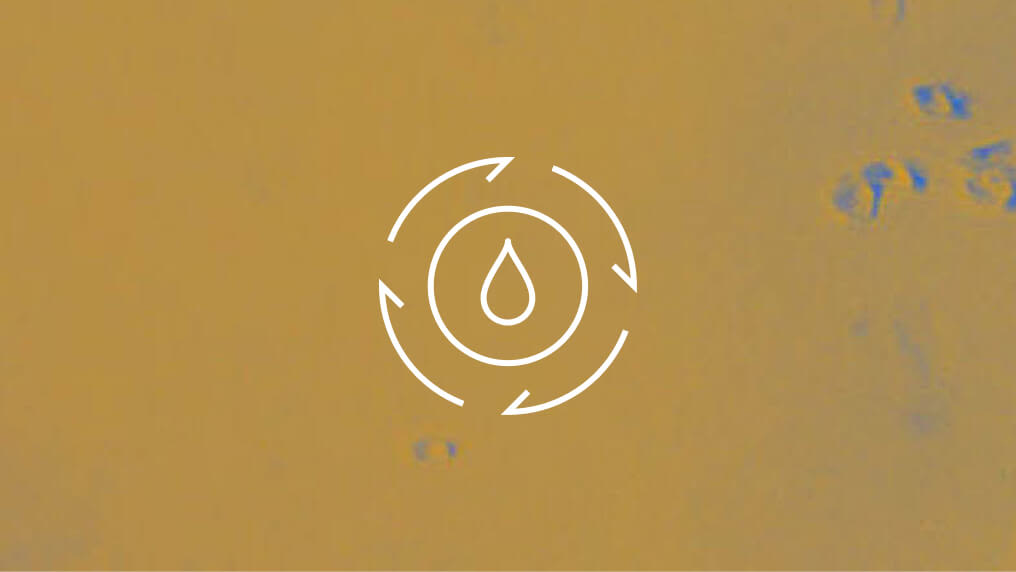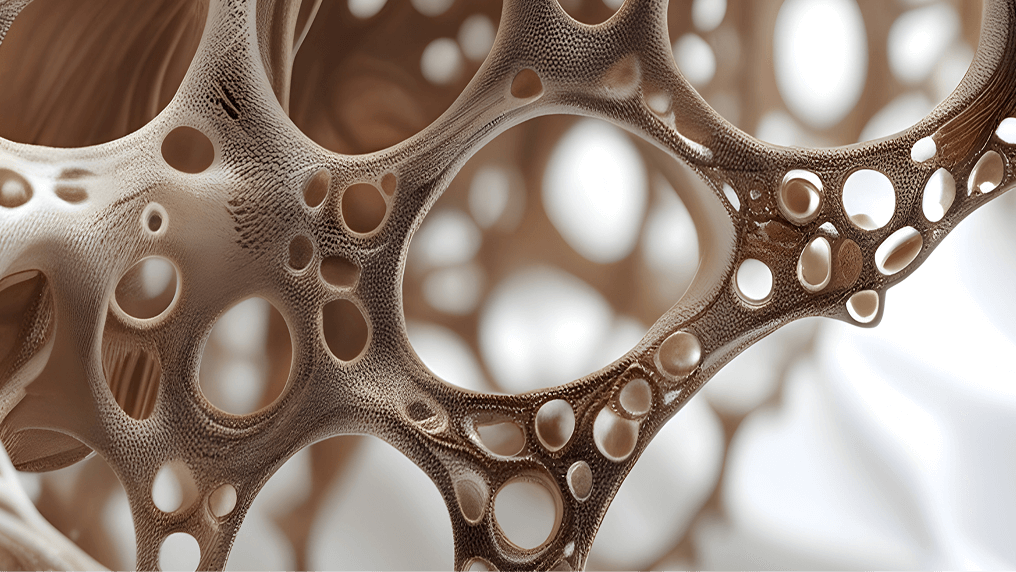Understand the different ways to shift your product or service to be more circular. How can you get started designing for the circular economy?
At its core, a circular economycircular economyA systems solution framework that tackles global challenges like climate change, biodiversity loss, waste, and pollution. It is based on three principles, driven by design: eliminate waste and pollution, circulate products and materials (at their highest value), and regenerate nature. means that products no longer have a life cycle with a beginning, middle, and end. Therefore, they contribute less waste and can actually add value to their ecosystem. When materials stop being used, they go back into a useful cycle, hence the circular economy. Imagine what would happen if everything was designed to be restorative and regenerative? Here are Joe and Vicky giving you the low-down on the flows in the circular economy 'butterfly' diagram.
Steps
1. Download the Worksheet
Download the Circular Flows Worksheet and get acquainted with the different ways of being circular. At a glance, which of these loops feels most relevant or achievable for what you are designing? If you are working with an existing product or service, consider its current position within the flows.
2. Dive deeper
Now dive deeper and go through each loop as a lens for your new product or service. For each loop, ask yourself: “What would it take for this to work for my new product or service idea?” and “What’s standing in my way, stopping this working now?”
3. Understand
You may notice that on the technical side of the diagram, there is a pattern as you go from the inner loops to the outer loops: the inner loops are more in your control and the outer loops are less in your control:
Reused goes directly back to your users
Refurbished comes back to you (as the service provider)
Remanufactured goes through the manufacturing process
Recycled goes back to the materials processor
4. Keep going!
Ask yourself, can you try to stay in the inner loops? What would you be able to influence right now? Once you feel like you have a starting point, try the Circular Opportunities or Service Flip activities which might prompt different ideas. If you want to try a fun activity which helps to understand circular flows, download this Circular Card game.
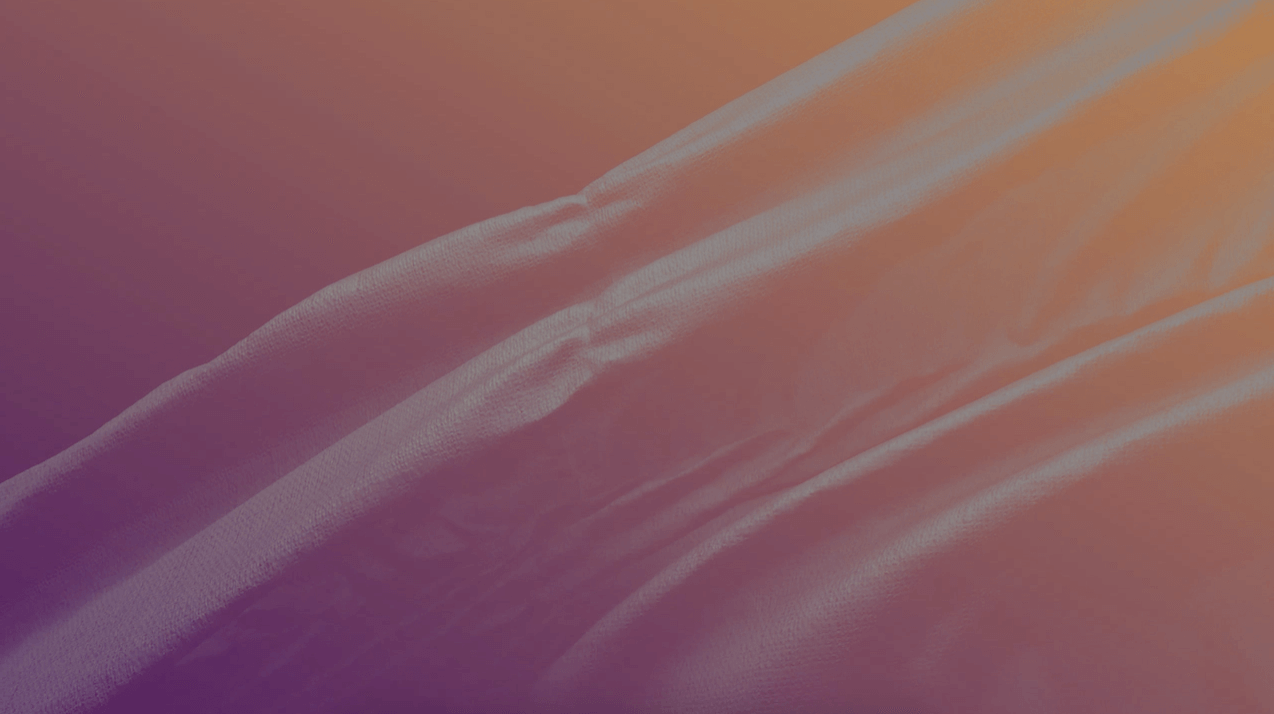
Circular Design Guide
This page is part of the Circular Design Guide. Get an overview of the project, or dive straight into our activities to help you understand, define, make, and release circular innovations.
You may also like
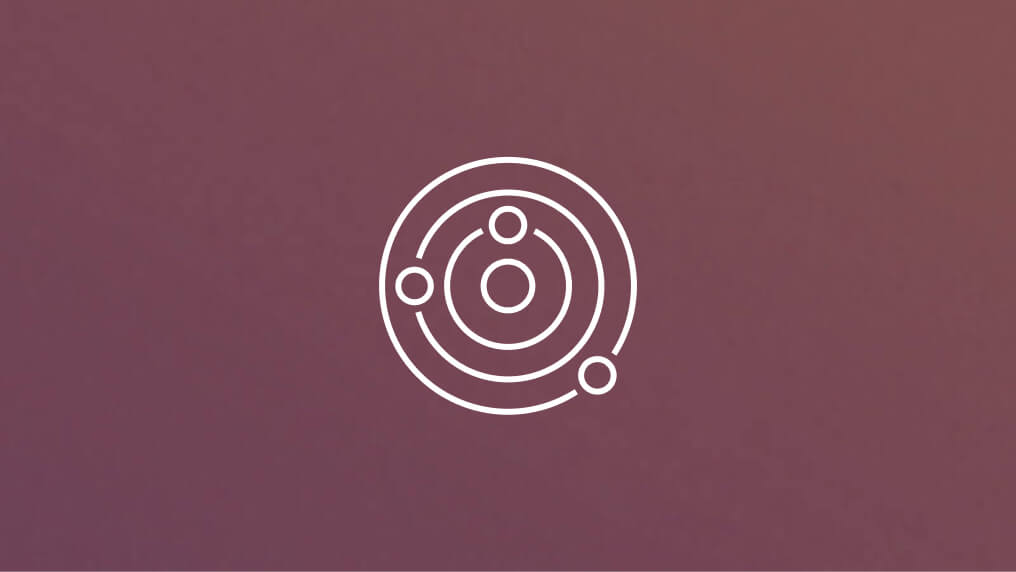
Find circular opportunities
Start with an achievable small initiative that can scale over time

